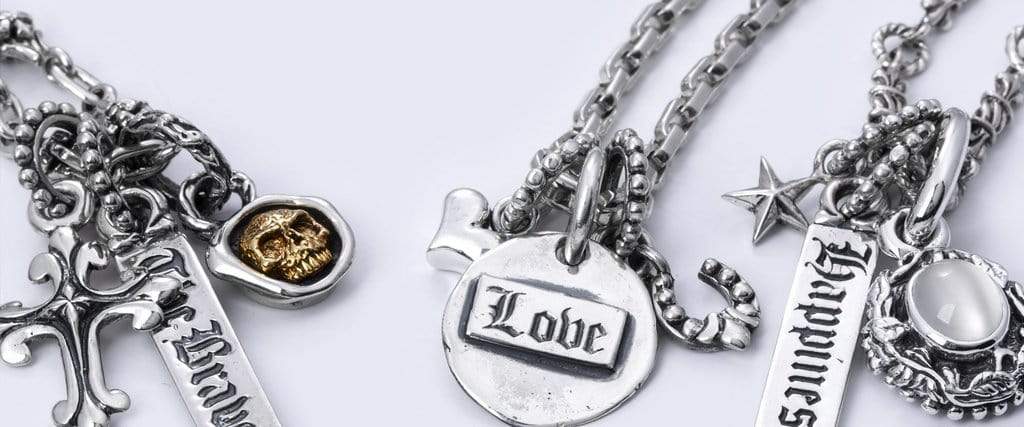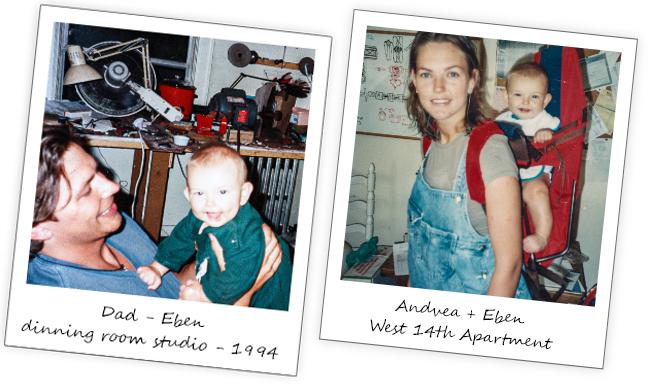
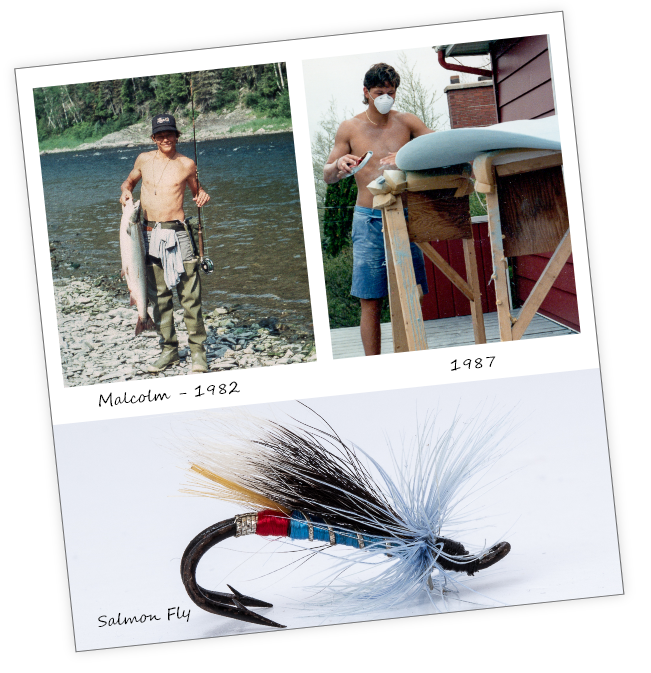
After high school, a short-lived kick at the University can turned into a $95.00 Greyhound bus ticket across America, where he ended up in Maui living on the beach and working for a fisherman. On the return to Canada, he fell in love with British Columbia. His friendship with Tom Sims evolved into a marketing, design and brand management position for Sims Snowboards. For three years, Malcolm worked in the action sports industry, traveled extensively, and furthered his design, marketing, and photography skills. On his travels to Europe, he would always find himself drawn to antique jewelry and snapping photos of old architectural metalwork.
In 1992 on a Saturday morning walk to Kits beach in Vancouver, Malcolm ran into Andrea. It was love at first sight. She bought him some rings, and as fate would have it when he visited the Jeweller to have them re-sized, the anvils, torches, and tools of the trade resonated strongly with him. It was like stars colliding. His draw to jewelry suddenly made sense.
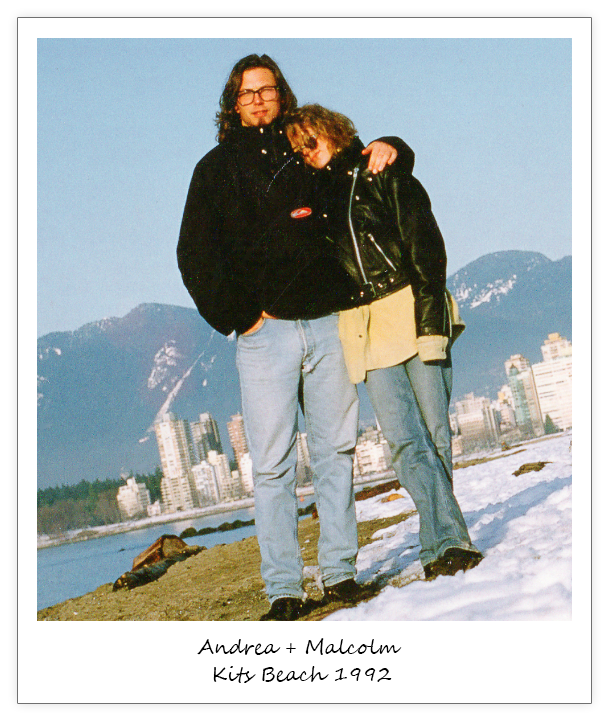
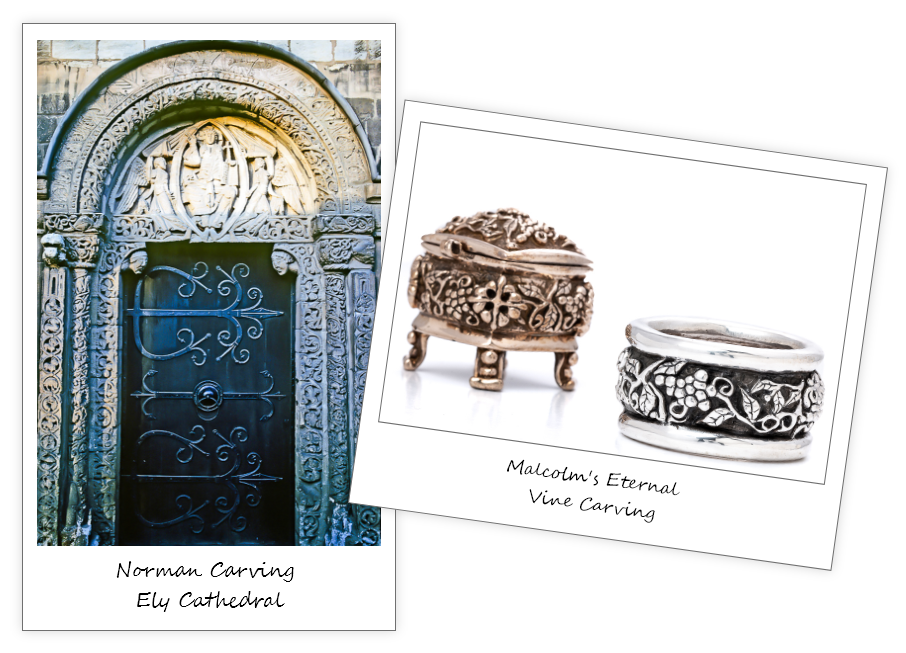
Malcolm left his corporate job and took an apprenticeship at a Vancouver casting house and learned from many of the best jewellers and carvers in the Pacific North West. He worked in the casting house by day and self-taught wax carving and metal fabrication by night. These were challenging times. Odd jobs paid the rent and kept food in the cupboard, but Malcolm’s look was forming.
While leafing through a book in the Vancouver Library, Malcolm found himself looking at a picture of the highly detailed doorway of the Ely Cathedral in Cambridgeshire, England. The carving was identical to his current works. The inscription at the bottom of the photo credited “The Normans.” The work of Malcolm’s ancestors lay before him, and that day the brand name Bloodline Design was born.
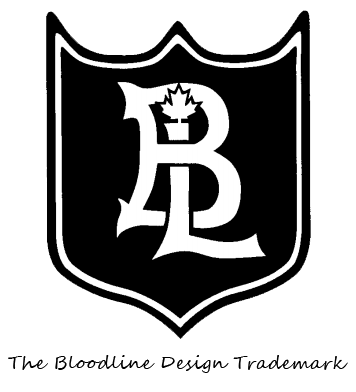
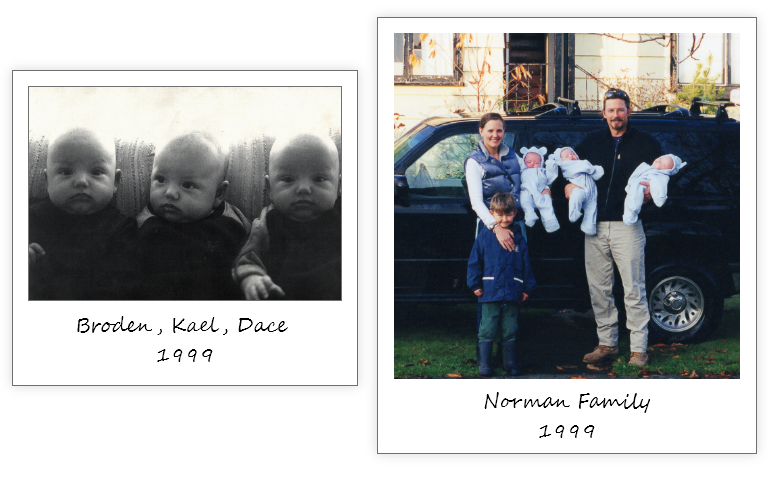
The business grew quickly with expanded staff and manufacturing. A contract was signed with a New York showroom. Sales representatives from Toronto, Los Angeles, and Paris came knocking, and soon, Bloodline was shipping around the world. Private label work for Quicksilver, Betsey Johnson, Bebe, Urban Outfitters, Sundance Catalogue, Felissimo Japan and others ensued.
Life was taking flight, but as it rocks, it also rolls. A major account declared bankruptcy and nearly broke the young company. With the support of suppliers and devoted customers, the Brand survived, and Malcolm and Andrea had time to reflect and realize the purpose of their work. Their jewelry helped people celebrate life. It helped mark milestones and provided expression. Their work was appreciated by people who shared the same ideals and who longed for quality items of permanent value. This fuelled a fire, and Bloodline forged on finding shelf space at Barneys of New York and Nordstrom, among other notable majors.
With the Brand selling worldwide and Dad traveling and working more than at home, Malcolm and Andrea made the decision to downsize the company and focus on family. The family was more important.
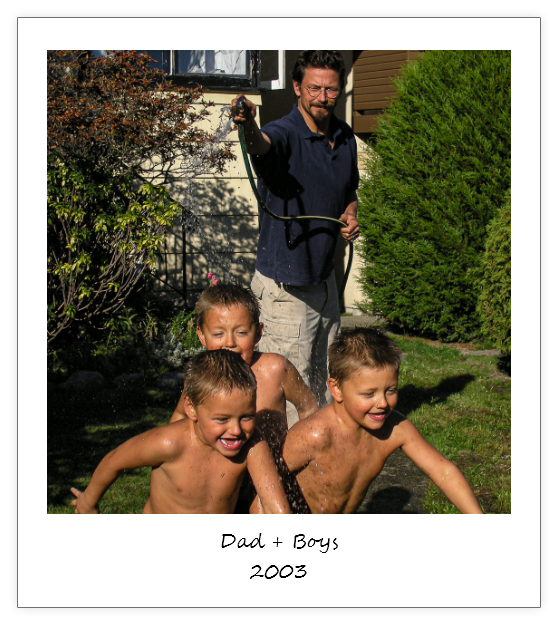
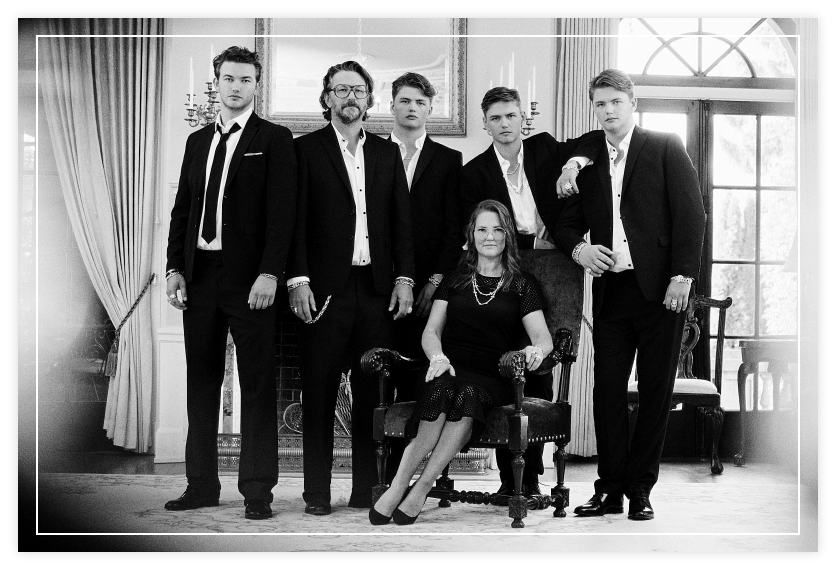
Through the family years, relationships with key boutiques were maintained, and sourcing networks expanded. Costume and wardrobe work continued with appearances on major celebrities in film and on rock stages the world over with many celebrities becoming private customers. The grassroots of the Brand continued to spread, and the demand for custom and bespoke work grew.
The Brand today is still family-owned and now proudly embraces the talents of a second generation. Bloodline Design remains firmly grounded on the brand mottos of the early days and promises to deliver quality jewels to impress and last for generations.
HOW WE DO IT
When we say, we make Bloodline Design jewelry the old way we mean it. Not many brands can.
We do not use plating or chemical lacquer or coating on our jewelry. You will not find misleading terminology at Bloodline like “gold fill” or “bonded” or any other fancy slogans to mislead the consumer into believing they are investing in quality jewelry. Bloodline is the real deal. Solid precious metals meeting the highest government standards and only natural and ethically produced gemstones. Bloodline Design Jewelry is made exclusively in our Studios in Vancouver, Canada.
The process of making Bloodline Design Jewelry is virtually the same as it was hundreds of years ago. Generally, the first design step is from mind to paper in the form of a sketch. Malcolm is the first to confess he is not much of a sketcher, so at times he goes straight to wax carving. The wax is carved and turned into metal by the lost wax method. The lost wax casting was used as far back as 6,000 years ago and was predominant across all cultures by 3500 BC.
The general concept is the wax model is covered in a plaster. The plaster hardens, and the wax is melted out, leaving a hollow cavity the exact shape as the wax carving. Molten metal is poured into the plaster cavity. Once the metal cools, the plaster is broken away, and by this method, the original wax carving is converted to metal. Once in metal, the model is handworked with files, polished, and finished to perfection. Of course, there have been technological advances in casting machines and types of plaster, but the method is virtually the same as it was centuries ago.
A Day in the Studio


